Wednesday 2nd April 2025, Stag’s Head, New Invention
The curiously named hamlet of New Invention, a few miles south of Clun, was our destination for this outing. The owners of Stag’s Head, a house in the hamlet, acquired a parcel of land a few years ago which they have been enhancing to boost biodiversity.
The site consists of grassland, which is grazed part of the time by sheep, grassland that is left to its own devices, hedgerows and recently planted trees.
Remarkably we managed to look at the whole site from bottom to top.
This was not quite the plan as I had hoped to complete it from top to bottom.
Two things to point out.
1. The site is on a slope. Not severe and not very long, but it is surprising how much steeper it feels when carrying a weighty backpack and lots of equipment.
2. I suggested we start at the top at which point everyone wandered into the wetland which was at the bottom.
Should I have been surprised?
Here is a picture of the wetland area taken during the morning.
The suction sampler was soon put to work and the contents of its catch attracted the usual attendant huddle.
Others did their searching by more “old-fashioned” means.
Of course, a net has benefits over the suction sampler as it can capture creatures in flight.
However it would have been almost impossible to net this flying animal.
We were accompanied by a Red kite for most of the day. It is incredible to think how rare these birds were not so many years ago. Early during our visit three Red kites and a Buzzard were circling above us.
Another animal that accompanied us for most of the day was the owners’ dog, who was very, very well behaved throughout.
An early observation was a Dotted bee-fly, recognisable from the dark spots on its wings.
This lovely fly species arrived in the county a few years back and is slowly making its way up the county.
Another find in the wetland area was a beetle. Unless the information I have been given is incorrect, it is Phaedon cochleariae, a species of leaf beetle that is “partial” to Watercress.
In a drier area of the wetland a grasshopper nymph was spotted, somehow coaxed onto a hand, and then photographed.
Most grasshopper nymphs cannot be identified at the species level at this early stage, and this one was no exception.
A couple of species we could identify positively were this tortoise beetle, Cassida flaveola.
And a larva of a Scarlet tiger moth.
Lunch time and we were still at the bottom of the site!
Would we ever get to the top?
But, you already know the answer to that.
Lunch over and a Red kite was still with us.
An apricating bee was observed close to the lunch spot.
This is the relatively rare solitary bee, Andrena apicata.
Time for the climb!
We left the wetland and progressed uphill through an area of grassland that is not grazed, with frequent pauses to search for invertebrates or just take in the view!
Not a great deal was found as the unusually high heat of the day seemed to drive the invertebrates to seek shelter. One insect that was observed was the larva of a Garden tiger moth.
 |
| Photograph: David Williams |
Passing from the grassland we moved into an area of broadleaved saplings that had been planted at the start of the owners’ management of the site.
Again very little was found.
And the heat of the day was beginning to take its toll of the group.
Having managed to get to the furthest and highest point of the site …
We admired the view …
Did a bit of exploration ...
Then started the walk back down the hill.
From the plantation we passed through the grazed field, with a brief pause to look, unsuccessfully, for the Moonwort that grows in this field, to a spot close to the owners’ residence overlooking the restored barn.
Here we were treated to afternoon drinks and cakes.
Delicious!
My thanks to the owners for granting us permission to do what we enjoy doing and their excellent hospitality. My gratitude to the photographers for their excellent images and allowing me to use them in this report.






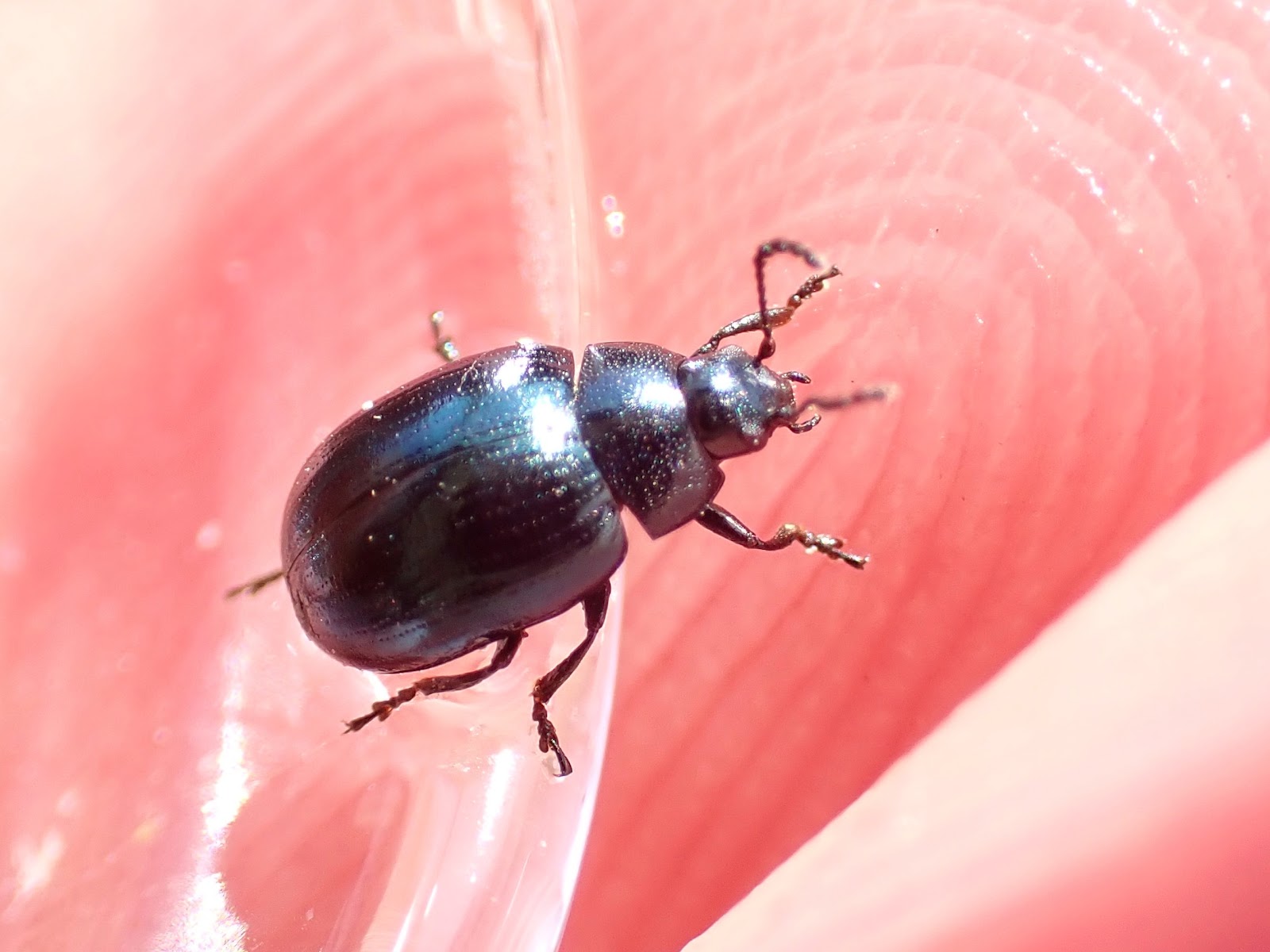



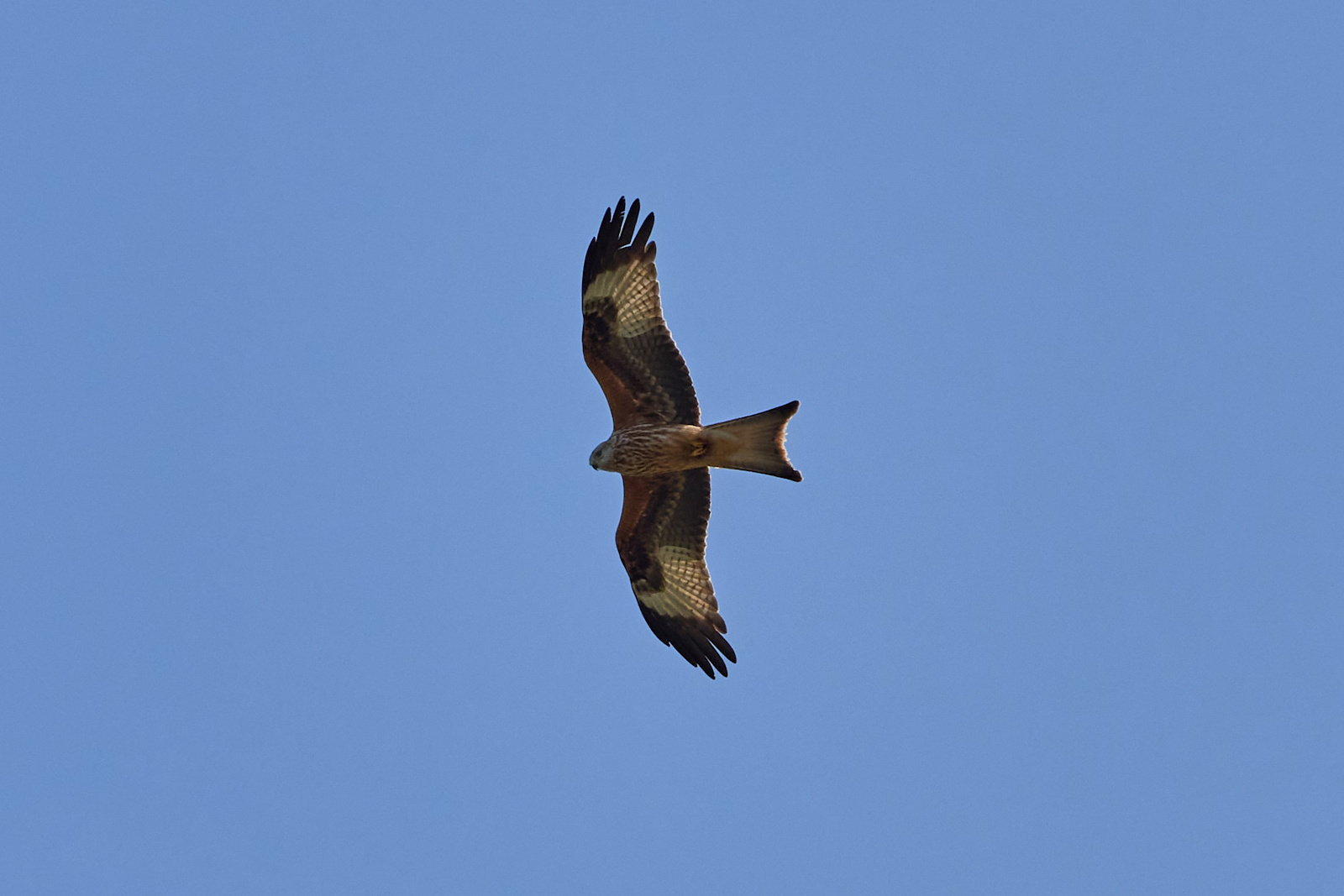
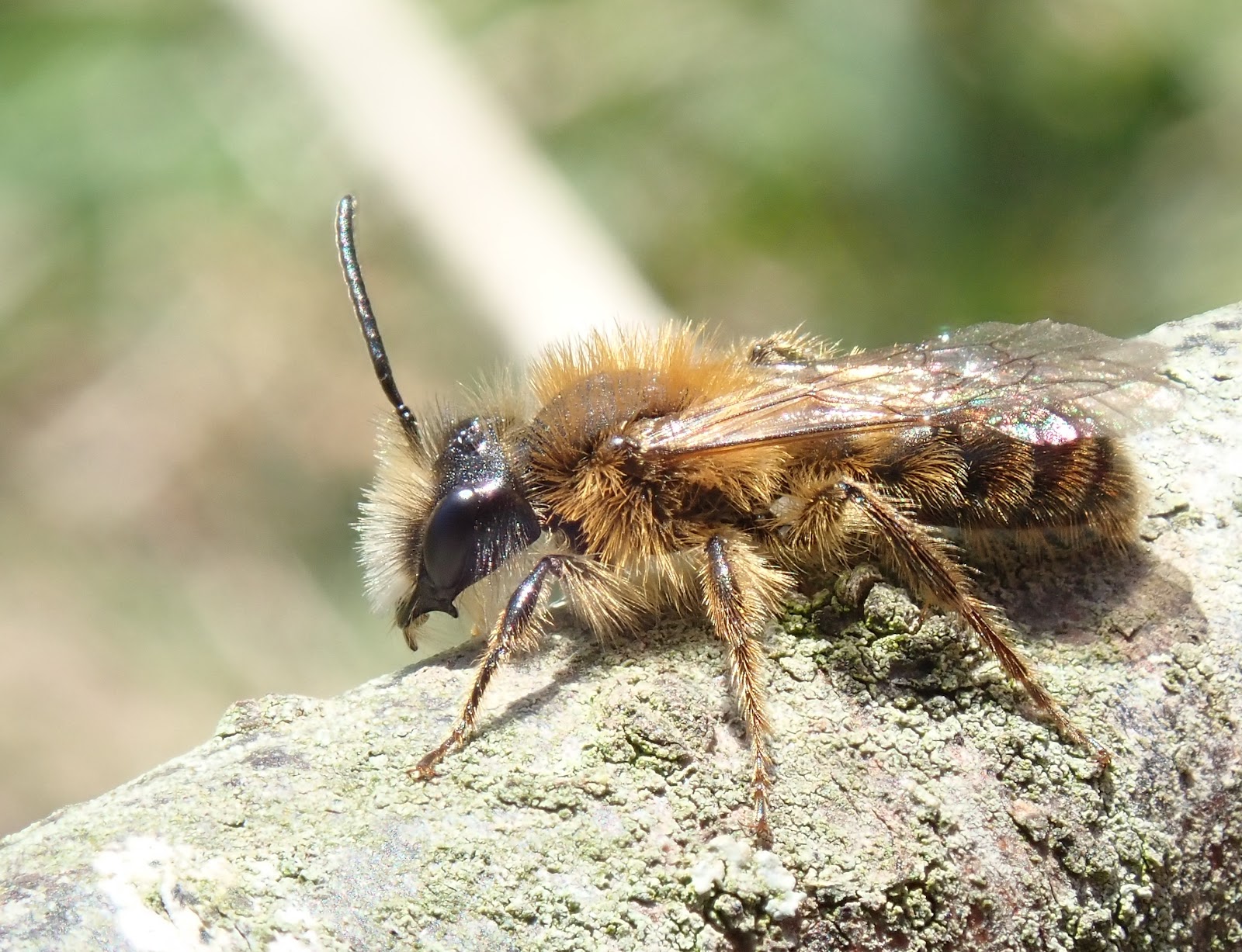






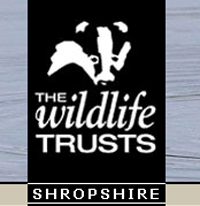

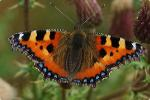




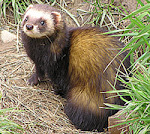

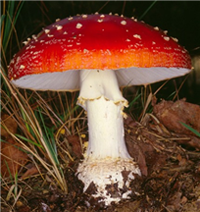





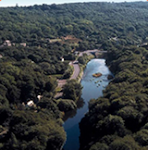






No comments:
Post a Comment
Please feel free to comment on this post...